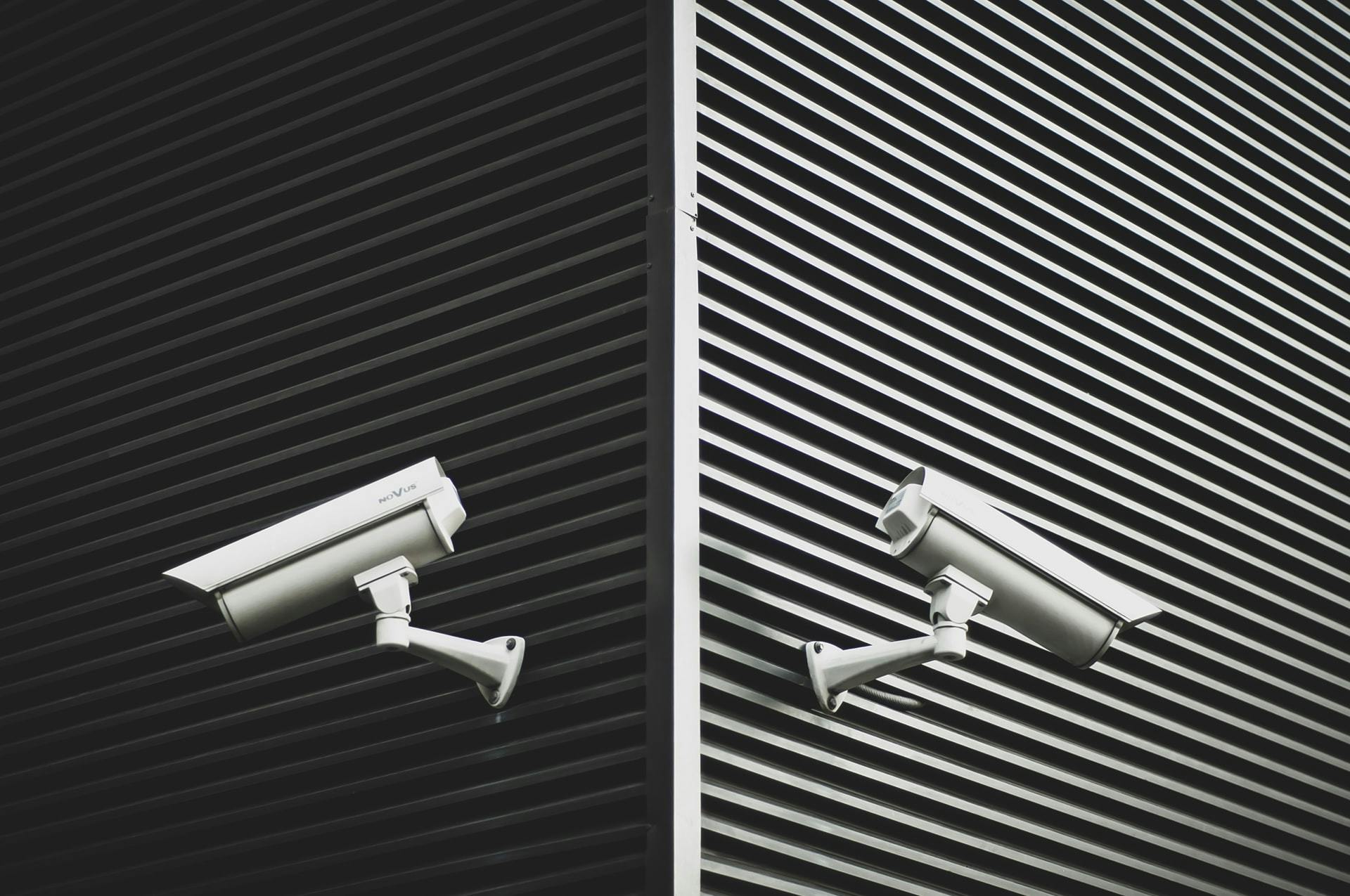What you need to know about security when teaching learners online
When teaching English online make sure you take your learners' privacy seriously.

When delivering any kind of class online, you need to take safety and privacy seriously. The General Data Protection Regulation (GDPR) ruling in Europe means teachers (and their schools) have the responsibility to treat their students’ data carefully, safely and with respect. GDPR may also affect educators who work outside of Europe if their students live abroad.
The regulations provide sensible guidance for managing personal data so are well worth reading up on.
Collecting data and personal information
Personal data refers to any details that can identify a teacher, student, or their relatives. This includes (but is not limited to), name, date of birth, address, grades, exam results, and reports, etc. Be aware that if a student needs to sign up for a learning management system, they may need to introduce some of this information. You will need to ensure you get parental permission before asking your students to log in to any platforms with their email address. Also pay attention to the terms and conditions of any platforms you use, especially focusing on their data and privacy policies.
More personal (and therefore more sensitive and controlled) data includes: health information, bank details, religious beliefs, identification numbers (passports, ID cards, social security, etc.), political beliefs, and so on. It should not be collected during class or stored. This includes text put in chat boxes, information in emails, or anything recorded in videos or screen shots, so instruct your students not to share such information with you or with other students.
Sharing photos and video
As all teachers are aware, we should generally avoid taking video and photos of our students, especially young learners – unless we have a good reason and parental permission. However, online classes often require the teacher and learners to sign in and switch on their webcams. Make sure that you do not capture screenshots or videos of your learners, especially if you make any recordings of your classes.
It is also important to get parental consent for your learners to use their webcams in class. If the students or parents are uncomfortable appearing on camera, explain how they can switch off their webcam (any online learning or conferencing software will have specific guidance on this).
Tell students that they should not share photos or video of themselves with their classmates, or anyone else they meet online, as this can be dangerous.
Bullying and behaviour
Cyberbullying is a particular concern with young learners and teenagers. It can be even more insidious than bullying in the playground or classroom because learners cannot easily escape from unpleasant or threatening messages when they come through mediums such as SMS, WhatsApp or social media.
Work with your students early on in your course to create a set of classroom rules and guidelines. These should cover what bullying is, how it can affect people, and what students should do if they see it happening around them.
What’s more, make sure that you monitor students and their public communications on your teaching platform for any red flags, such as:
- students withdrawing from the conversation
- a mean or ‘funny’ comment aimed at an individual
- personal comments or comments relating to an individual’s intelligence or appearance
- deliberately excluding an individual from an activity
- anything that seems out of the ordinary to you.
Be firm and stamp out negative or bullying behaviour early on so that it does not escalate.
